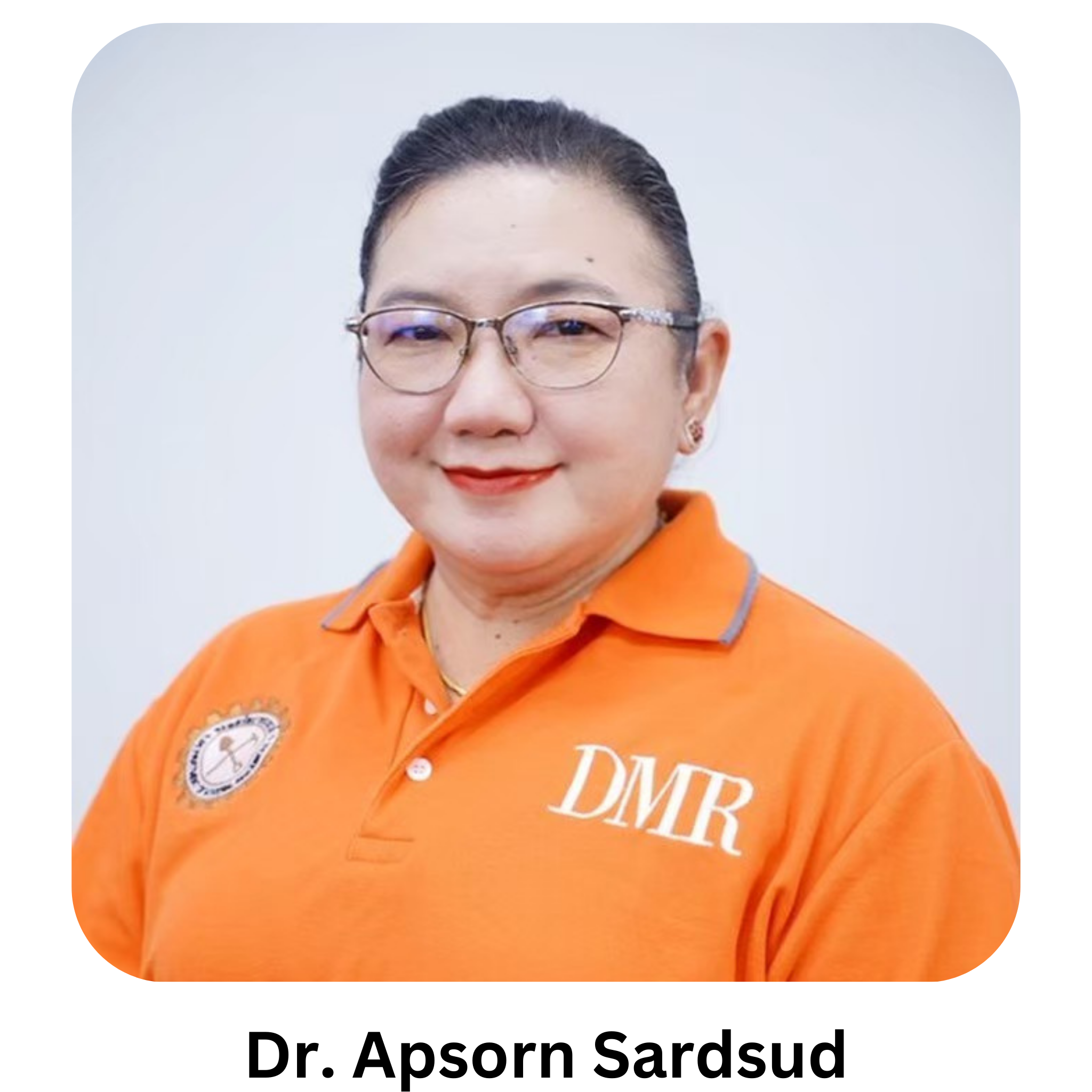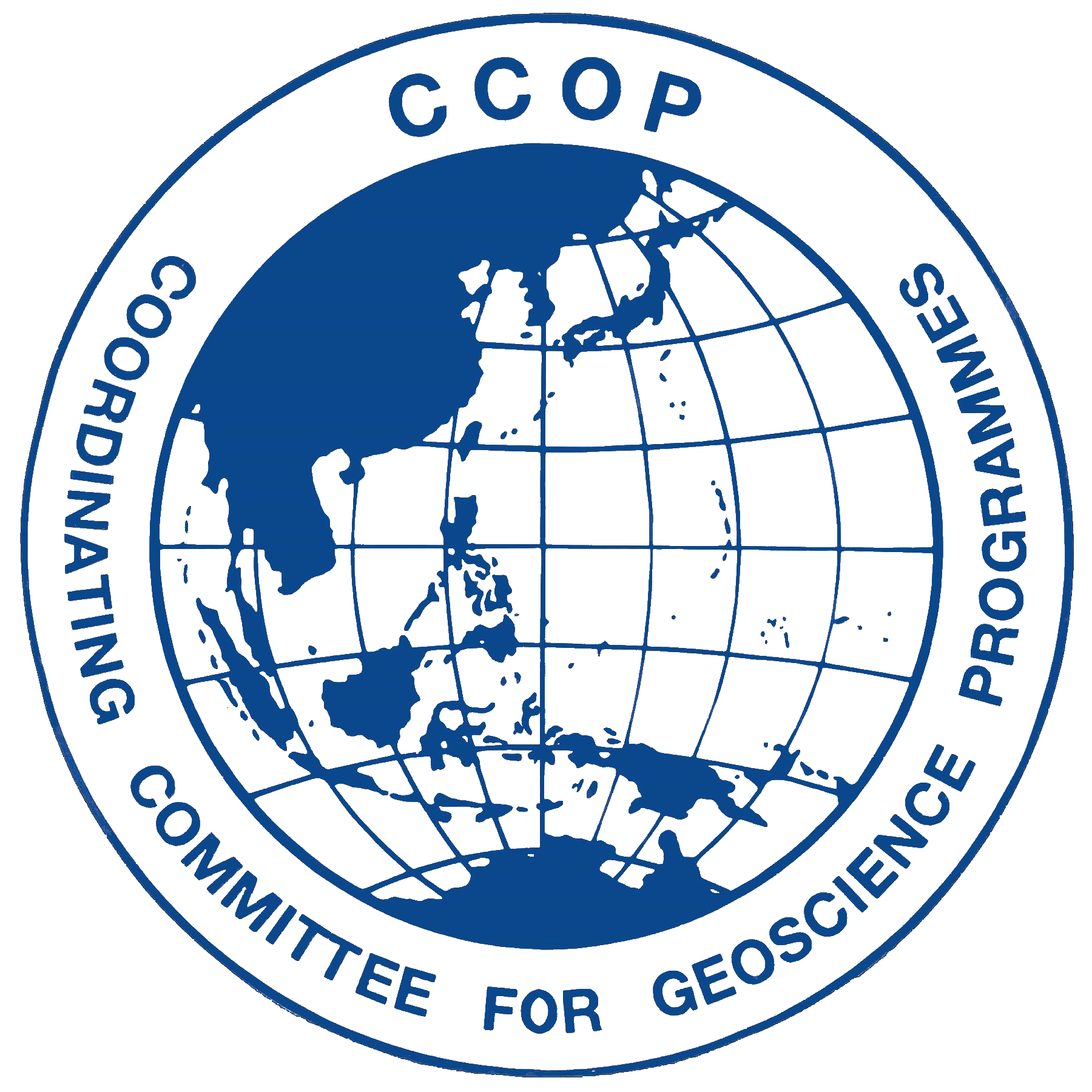Geology, occurrence and gemmology of Khamti amber from Sagaing region, Myanmar
Keywords:
amber, FTIR and Raman spectra, Khamti, Orbitolina sp., Pat-tar bumAbstract
A large quantity of Burmite (or Myanmar amber) is produced at Tanai in the Hukaung valley in Kachin State and at Hti Lin (Tilin) in the Magway Region. Another occurrence of amber is found in Pat-tar bum (also called Pat-ta bum) which is located near the Nampilin stream, about 40 km southeast of Khamti (Hkamti), Khamti Township, Sagaing Region. The present mining sites in Pat-ta bum are Laychun (Lachun) Maw (most productive), Kyat Maw, Shan Maw, Gyar Maw, Kyauk Tan Maw and Nameindra Maw. Low grade metamorphic rocks, Kanpetlet schists and similar schists to the Naga Hills are exposed in the eastern part which include glaucophane schist, graphite schist, and epidote schist. Sedimentary units of Miocene age of the Upper Pegu Group are widely exposed in the western, middle and northeastern part. Amber is found in Orbitolina (mid-Cretaceous) bearing limestone which ranges from a few centimetres to up to two metres in thickness. This limestone is intercalated with sandstone and carbonaceous shaley limestone and sometimes together with carbonaceous materials. The bedding dips vary from 20˚ to 35˚ and amber production follows the bedding plane. Amber is also found in sandstone and carbonaceous shale. The primary amber mining is carried out by blasting the amber-bearing limestone, sandstone and carbonaceous shaley limestone along their bedding planes and aditing. The colour of Pat-tar bum (Khamti) amber varies from yellow, greenish-yellow, orangy-yellow, golden yellow, brownish-yellow and brown. Gemmologically, it is transparent to opaque and the refractive index ranges from 1.53 to 1.54 (spot reading), and the specific gravity ranges from 1.03 to 1.09. Ultraviolet radiation analyses show that very strong chalky yellowish-blue under long wave and weak chalky yellowish-blue or greenish weak chalky yellowish-blue or greenish under short wave. Some of the deep brownish material displays weak chalky blue or yellow under long wave ultraviolet light and inert under short wave ultraviolet light. Inclusions that identified in amber samples in the present study are flattened gas bubbles, flow marks, some brownish organic debris and various organic inclusions (spiders, flies, feather-like and plant-like inclusions and other organic materials). Eleven analysed specimens of Pat-tar bum amber were quite similar to one another and the IR features are dominated by a group of absorption bands at around 2800– 3000 cm–1 , relatively narrow bands in the range of 950–1750 cm–1 overlaying a broad hump at 800–1400 cm–1 , and a weak broad band at around 3420 cm–1 . Pat-tar bum amber does not show the characteristic IR and Raman bands of young copal (which lie in the 1050–1250 cm–1 region and at 1764 cm–1 ), which provides the confirmation for the older age of the amber i.e., mid- -Cretaceous as confirmed by Orbitolina sp. in the host limestone.
References
Brody, R.H., Edwards, H.G.M. and Pollard, A.M., 2001. A study of amber and copal samples using FT-Raman spectroscopy. Spectrochimica Acta Part A: Molecular and Biomolecular Spectroscopy, 57(6), 1325–1338, https://doi.org/10.1016/s1386-1425(01) 00387-0.
Chen D., Zeng Q., Yuan Y., Cui B. and Luo W., 2019. Baltic amber or Burmese amber: FTIR studies on amber artifacts of Eastern Han Dynasty unearthed from Nanyang. Spectrochimica Acta A: Molecular and Biomolecular Spectroscopy, 222, 117270, https://doi.org/10.1016/j.saa.2019.117270.
Cho Cho, 2016. Mineralogy and occurrences of jadeite jade and associated rocks from Natmaw area, Hkamti Township, Sagaing Region, Unpublished M.Sc. (Thesis), Department of Geology, Yangon University, 101 p.
Jiang, X., Zhang, Z., Wang, Y. and Kong, F., 2020. Gemmological and spectroscopic characteristics of different varieties of amber from the Hukawng Valley, Myanmar. Journal of Gemmology, 37(2), 144-162, http://doi.org/10.15506/jog.2020.37.2.144.
Kocsis L., Usman A., Jourdan A.-L., Hassan S.H., Jumat N., Daud D., Briguglio A., Slik F., Rinyu L. and Futó I., 2019. The Bruneian record of “Borneo Amber”: A regional review of fossil tree resins in the Indo Australian Archipelago. Earth-Science Reviews, https://doi.org/10.1016/j.earscirev.2019.103005.
Kyu Kyu Thin, 2016. Mineralogy and occurrences of jadeite jade from Nansibon Area, Hkamti Township, Sagaing Region, Unpublished MSc. (Thesis), Department of Geology, Yangon University, 94 pp.
Liu S.I., 2018. Burmese amber from Khamti, Sagaing Region. Journal of Gemmology, 36(2), 107–110.
O’Donoghue M., 2008. Gems, 6th edn. Elsevier, Oxford, 904 pp. ISBN: 978–0–719803413.
Soe Thura Tun, Maung Thein, Nyunt Htay and Kyaing Sein, 2014. Geological Map of Myanmar 1:2,250,000. Myanmar Geosciences Society, Yangon, Myanmar.
Tay T.S., Kleismantas A., Thet Tin Nyunt, Zheng M.R, Krishanswamy M. and Loke H.Y., 2015. Burmese amber from Hti Lin. Journal of Gemmology, 34(7), 606–615, http://dx.doi.org/10.15506/JoG.2015.34. 7.606.
Thet Tin Nyunt, Tay Thye Sun, Cho Cho, Naing Bo Bo Kyaw and Wai Yang Lai Aung, 2019. Amber from Khamti, Sagaing Region, Myanmar. International Gemmological Conference, Nantes, France, 27–31 August, 219–221.
Thet Tin Nyunt, Tay, T. S., Loke, H.Y., Krishnaswamy, M., Cho, Cho, Naing Bo Bo Kyaw, Wai Yan Lai Aung and Chutimun Chanmuang N., 2020. Amber from Khamti, Sagaing Region, Myanmar, Journal of Gemmology, 37(3), 314-322.DOI:10.15506/JoG.2020. 37.3.314.
Wang, Y., Shi, G., Shi, W. and Wu, R., 2015. Infrared spectral characteristics of ambers from three main sources (Baltic, Dominica and Myanmar). Spectroscopy and Spectral Analysis, 35(8), 2164–2169, https://doi.org/ 10.3964/j.issn.1000-0593(2015)08-2164-06 (in Chinese with English abstract).
Downloads
Published
How to Cite
License
Copyright (c) 2024 Thai Geoscience Journal

This work is licensed under a Creative Commons Attribution-NonCommercial-NoDerivatives 4.0 International License.








